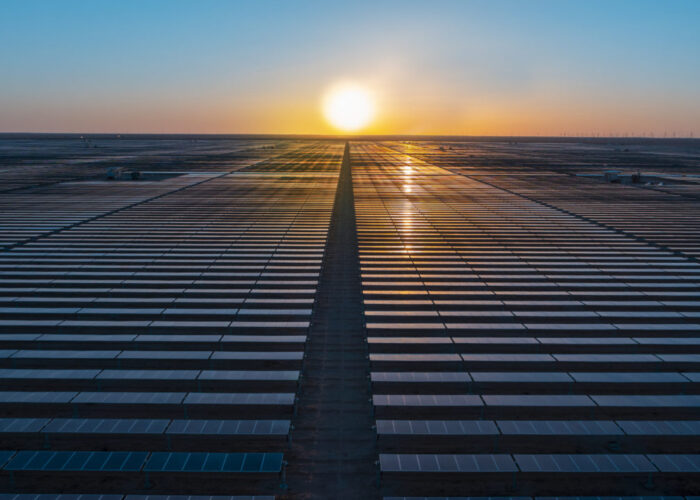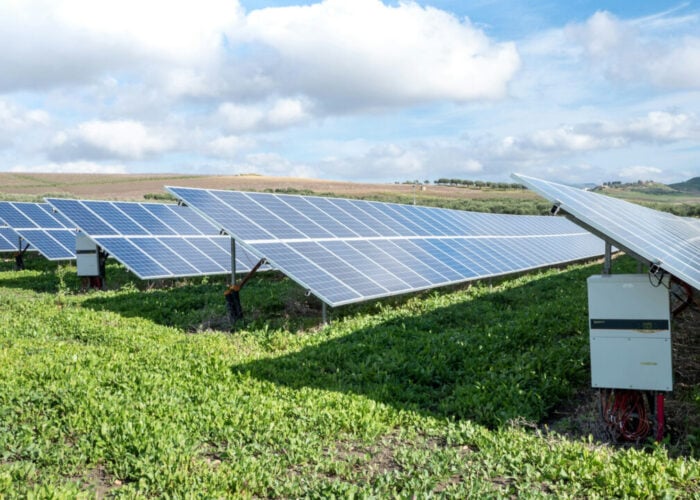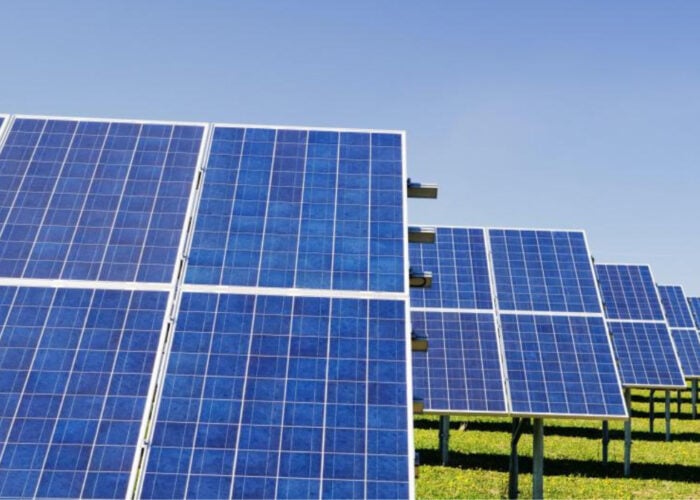Inverter manufacturers face a growing but increasingly tough market over the next four years characterised by cost pressures and ever tighter margins, GTM Research claims.
According to the market research firm's new report, 'The global PV inverter market 2015: technologies, markets and prices', global shipments of inverters will exceed 50GW this year after reaching 38.7GW AC in 2014, and then grow 13.1% annually to 2018.
Unlock unlimited access for 12 whole months of distinctive global analysis
Photovoltaics International is now included.
- Regular insight and analysis of the industry’s biggest developments
- In-depth interviews with the industry’s leading figures
- Unlimited digital access to the PV Tech Power journal catalogue
- Unlimited digital access to the Photovoltaics International journal catalogue
- Access to more than 1,000 technical papers
- Discounts on Solar Media’s portfolio of events, in-person and virtual
But because inverter prices are expected to fall by an average 9% annually between 2014 and 2018, GTM's projected market value by that time of US$7.1 billion will represent a growth rate of only 2.8%.
“We believe the market will grow in 2015 and 2016 after declining each of the last two years,” said report author and GTM Research solar analyst, Scott Moskowitz. “The European market has likely experienced its low point, and the US market continues its surge. As a result, we expect significantly higher market values in the next two years in spite of falling inverter prices.”
According to the report, a strategy by developers of lowering balance of system costs by using distributed inverters will continue to put the squeeze on central inverters.
“As the market shifts toward distributed architectures, microinverters and three-phase string inverters are gaining market share and will experience the fastest growth rates among all inverter types,” said Moskowitz.
Tough times
As the recent travails of leading German inverter maker, SMA, have shown, manufacturers in this space have faced an extremely tough few years from increased competition, a point underlined in the report.
It highlights how in 2009 the top 10 inverter manufacturers accounted for 82% of global shipments but only 58% by 2013.
Mokskowitz said this trend would continue: “Inverter vendors have lived in a reality of exceptional price pressure, increased competition, and shifting demand for the last several years. There are opportunities in the market, both near- and long-term, but these market pressures will continue after 2015. As a result, it remains imperative that vendors be nimble in responding to shifting markets, advanced grid code requirements, and customer needs.”
GTM said strategies used by inverter manufacturers to cope with competitive pressures and shifting markets fell into four broad categories: internationalising sales, optimising supply chains to lower costs, diversifying away from being pure-play inverter companies into complementary areas such as monitoring or operations and maintenance, and innovating.
But using the example of SMA again underscores how difficult the inverter market is, even following these four strategies; the German firm has attempted each of these strategies in recent years, but is still in a position of having to lay off 1600 of its staff by the end of this year.







